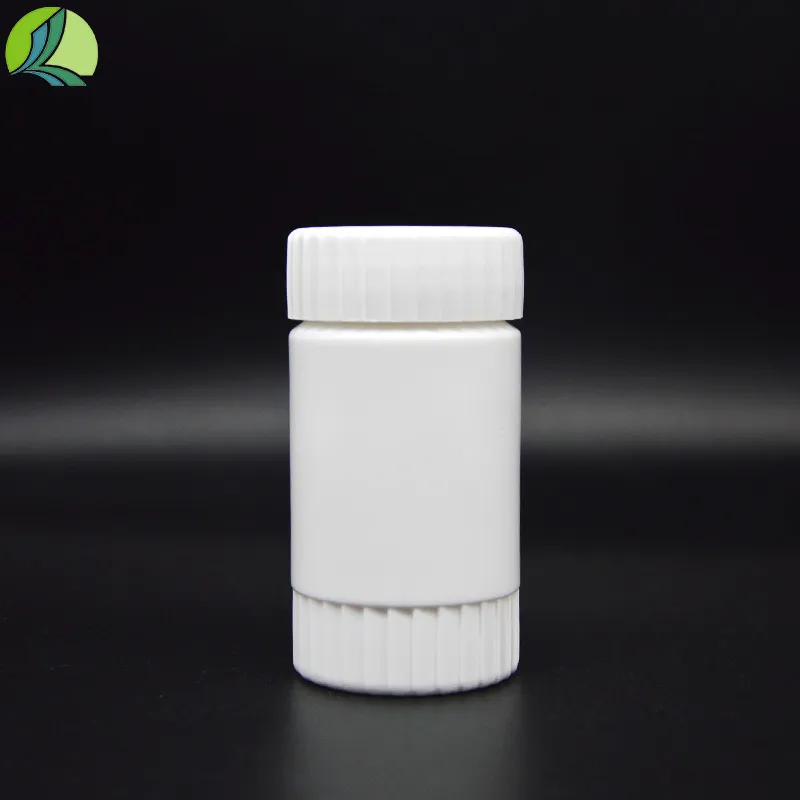different sizes of petri dishes
Exploring the Different Sizes of Petri Dishes An Essential Tool for Microbiology
Petri dishes, also known as Petri plates or cell-culture dishes, are indispensable tools in microbiology, molecular biology, and various fields of life sciences. Their design, which typically consists of a shallow cylindrical glass or plastic dish, enables researchers to culture microorganisms, perform experiments, and observe biological processes. One of the notable aspects of Petri dishes is the variety of sizes available, each serving distinct purposes and applications in research and laboratory settings.
Exploring the Different Sizes of Petri Dishes An Essential Tool for Microbiology
For more specialized work, scientists often employ larger Petri dishes, such as the 150 mm or even 200 mm diameter dishes. The increased surface area of these dishes provides greater space for the growth of larger quantities of microorganisms and for more complex experiments. Larger Petri dishes are particularly valuable in industrial microbiology and pharmaceutical research, where high-yield cultures are needed. For example, when screening multiple microbial strains simultaneously or conducting extensive agar diffusion assays, the 150 mm dishes can accommodate more samples, thereby improving efficiency and data collection.
different sizes of petri dishes

Conversely, smaller Petri dishes, such as 35 mm and 60 mm diameters, are equally significant in the laboratory. These compact dishes are ideal for applications involving limited sample sizes or when conducting experiments with precious or rare organisms. Small Petri dishes are often used in cell culture work, particularly in assays that require the manipulation of individual cells or precise measurements of cell growth and viability. Additionally, they are advantageous for students and researchers who wish to observe microbial growth on a smaller scale without the need for extensive sample sizes.
The choice of Petri dish size also has implications for experimental design. Researchers must consider factors such as the type of organism being cultured, the intended application of the experiment, and the volume of materials being used. Ultimately, the versatility provided by different sizes of Petri dishes enables scientists to tailor their approaches and optimize their results.
In summary, Petri dishes come in various sizes, each suited to specific experimental needs and applications. Whether employing standard, large, or small dishes, the ability to culture and analyze microbes effectively plays a crucial role in advancing our understanding of biology, medicine, and environmental science. The diversity in the sizes of Petri dishes not only enhances laboratory efficiency but also broadens the scope of experimentation, making them a staple in scientific research.
-
Aesthetic Makeup Spray Bottles | Fine Mist Empty RefillableNewsAug.19,2025
-
White Plastic Veterinary Vaccine Vials | Lab Liquid BottlesNewsAug.18,2025
-
Plastic Medicine Liquid Bottle: Secure Flip Top Drug VialsNewsAug.17,2025
-
Durable 250ml Blue Plastic Vaccine Vial for Lab & Vet UseNewsAug.16,2025
-
Sterile Virus Sample Tubes: Secure & Reliable Specimen CollectionNewsAug.15,2025
-
White 250ml Plastic Vaccine Vial for Lab & Vet MedicineNewsAug.14,2025
























